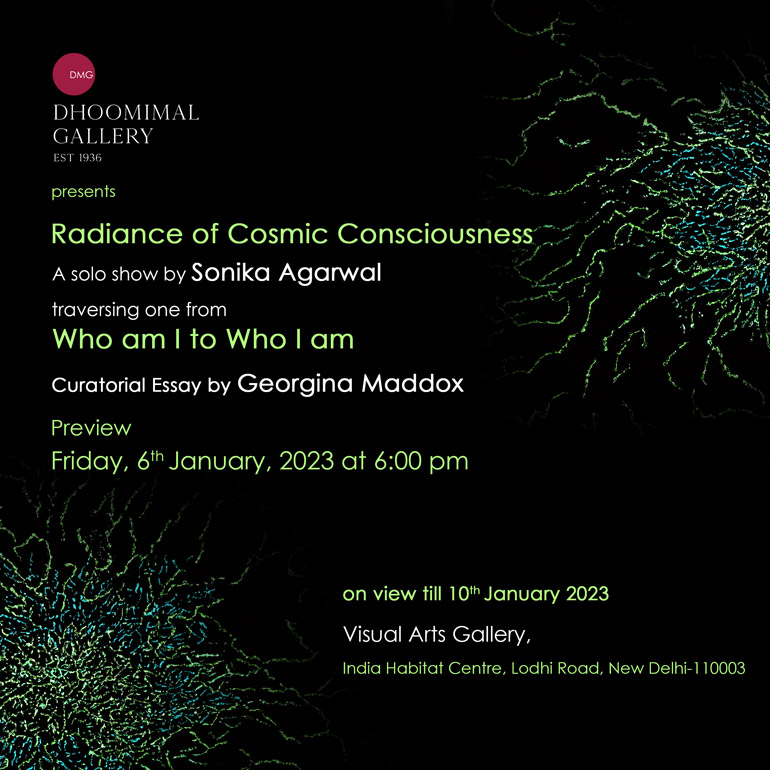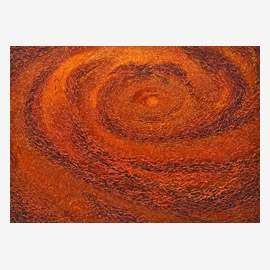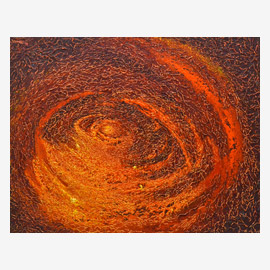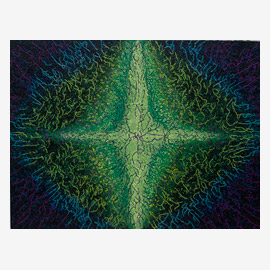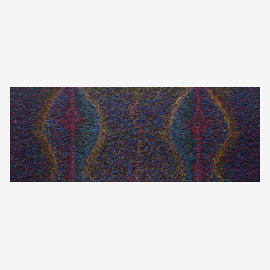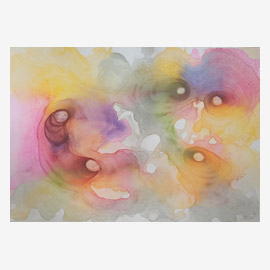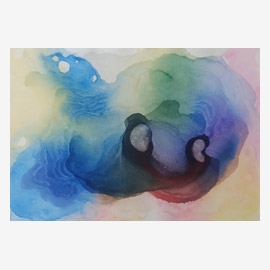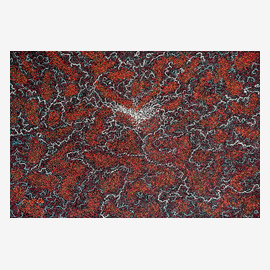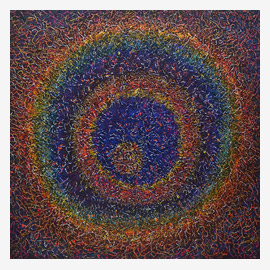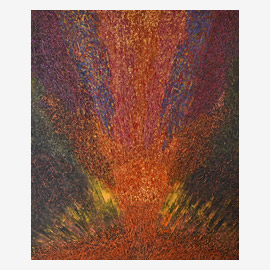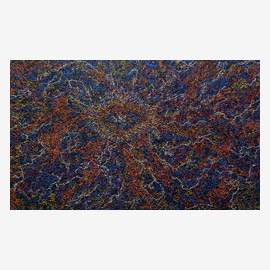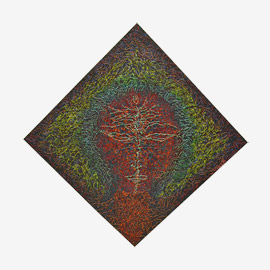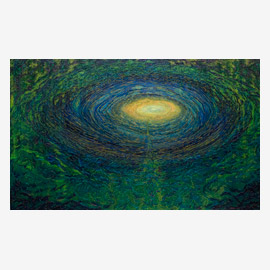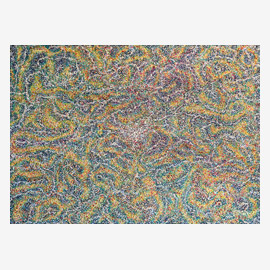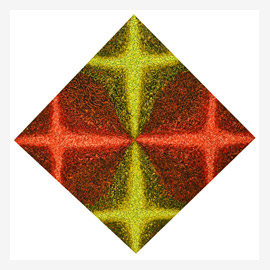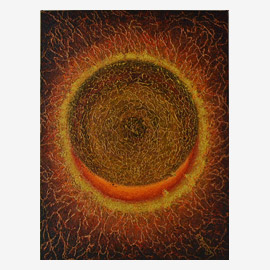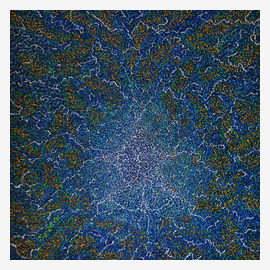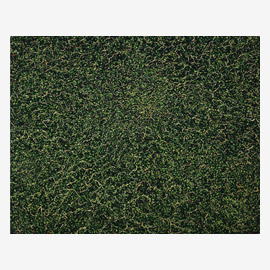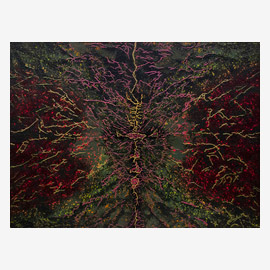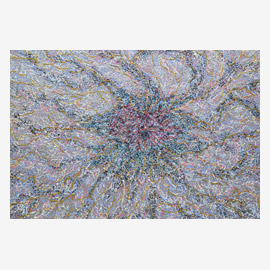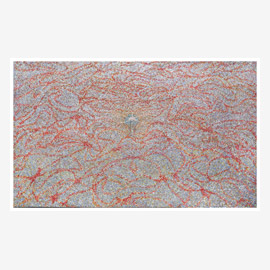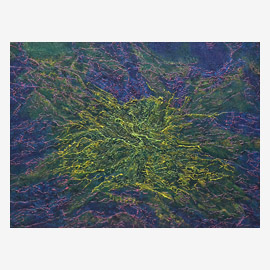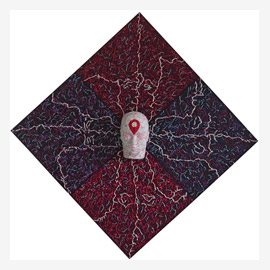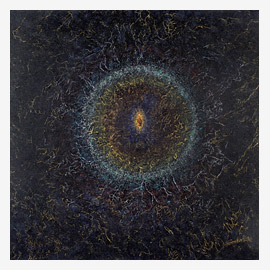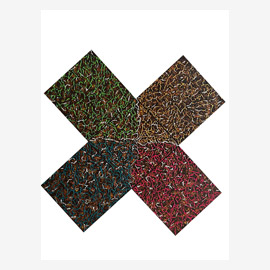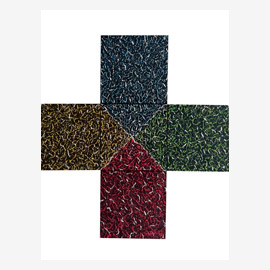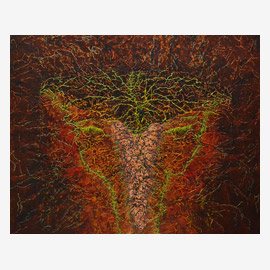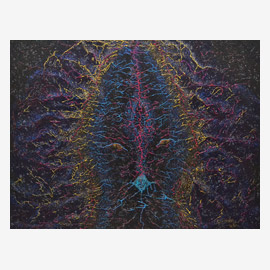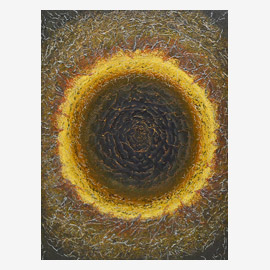The human understanding and study of the Cosmos is as ancient as human civilization itself and our current knowledge, though vast is actually only a fraction of Cosmic energy, time, matter and mass. One may be left with many questions especially if one were to attempt to combine the understanding of the Cosmos with that of the Divine order, as did Aristotle.
The treatise De mundo (dated around the 1st cent. BCE) offers a cosmology, in the Peripatetic tradition (philosophical traditi...
The human understanding and study of the Cosmos is as ancient as human civilization itself and our current knowledge, though vast is actually only a fraction of Cosmic energy, time, matter and mass. One may be left with many questions especially if one were to attempt to combine the understanding of the Cosmos with that of the Divine order, as did Aristotle.
The treatise De mundo (dated around the 1st cent. BCE) offers a cosmology, in the Peripatetic tradition (philosophical tradition founded by Aristotle) which draws also on Platonic and Stoic thought, and subordinates what happens in the cosmos to the might of an omnipotent God. Thus, the work is paradigmatic for the philosophical and religious concepts of the early imperial age, which offer points of contact with ‘nascent Christianity’.
In the Vedic understanding of the Cosmos it is even more vast and philosophical. The most common cosmological conception of Lokas in the Veda was that of the Trailokya or triple world: three worlds consisting of earth, atmosphere or sky, and heaven, making up the universe. In fact, Many Hindus believe that there are 14 lokas, or worlds that make up a multiverse. They believe that there are inhabitants in each of these planetary systems.
The artwork of artist Sonika Agarwal touches upon these various aspects of Cosmic belief, understanding and philosophy in a manner that is deeply visual and experiential. Her paintings evoke a very personal and yet universal understanding of the Cosmic belief and energy and it touches the inner core of humanity, shaking loose the weight of our own mundane existence with the power to embrace something larger something that is both scientific yet divine. The opposites of light and dark come together in a unifying moment that is truly both spiritual and also deeply physical so that one may experience and contemplate the unity of these diversities present in our universe.
The phenomenon of looking inward and retreating to that quiet place inside, where all the dualities and oppositions of the world unify, is perhaps an outcome of the Corona virus and the subsequent lock down that required us humans to take time off our busy schedule and retreat to a more solitary and meditative state of being. It has definitely provided many artists with a chance to reflect and draw upon their inner self. Sonika speaks of one such phenomenon where she was encouraged to introspect and draw upon past experience bringing to it a new vigour and understanding. Instead of just conjuring an impression of planetary motion, with spheres, circles, lines and ellipses, Sonika has focused on the element of light, evoking it through paint that is luminescent in the dark. She has used colour, mass and pattern to convey a composed dynamic amid the uniformity of her circles, a shape that she feels has opened up a fourth dimension – one of spirituality. Sonika taps into the potential of cosmic sound that vibrates with the energy of life what is known as the ‘cosmic motor’, that propels us with its vitality.
The ease of bringing together scientific belief and the Vedic understanding of the universe is almost seamless in Sonika’s approach; the metaphorical is evoked in her understanding and fascination toward the ethereal dance of life. Many artists like Edvard Munch (Dance of Life, 1900), and Henri Matisse (Le Dance, 1910) have referred to the celebration of human life. Munch employs a masculine gaze where he evokes the virgin dressed in white, the married woman dressed in red and the old widow dressed in black to symbolize these important phases of a woman’s life. Matisse preferred to focus on a group of multi-gendered nude dancers caught in a collective moment of ‘innocent freedom’ and joy, holding hands as they whirl around in space. Sonika’s dance of life is evoked by her use of abstract swirling lines, going deeper into the center of the canvas touching the primal human desire to tap into force of life. Where human energy comes together beyond the limits of physical form; rather it is in formlessness that she gathers the spirit and takes it to another level of consciousness. The cosmic ocean flows beyond the binaries of Purusha and Prakriti (male and female) encompassing the forces that are self-generating like an Electromagnetic force or a self-powered multidirectional energy.
‘Try to paint your world as though you are the first person looking at it – The wind … and the cold – The dust –and the vast starlit night.’ Georgia O’Keeffe
